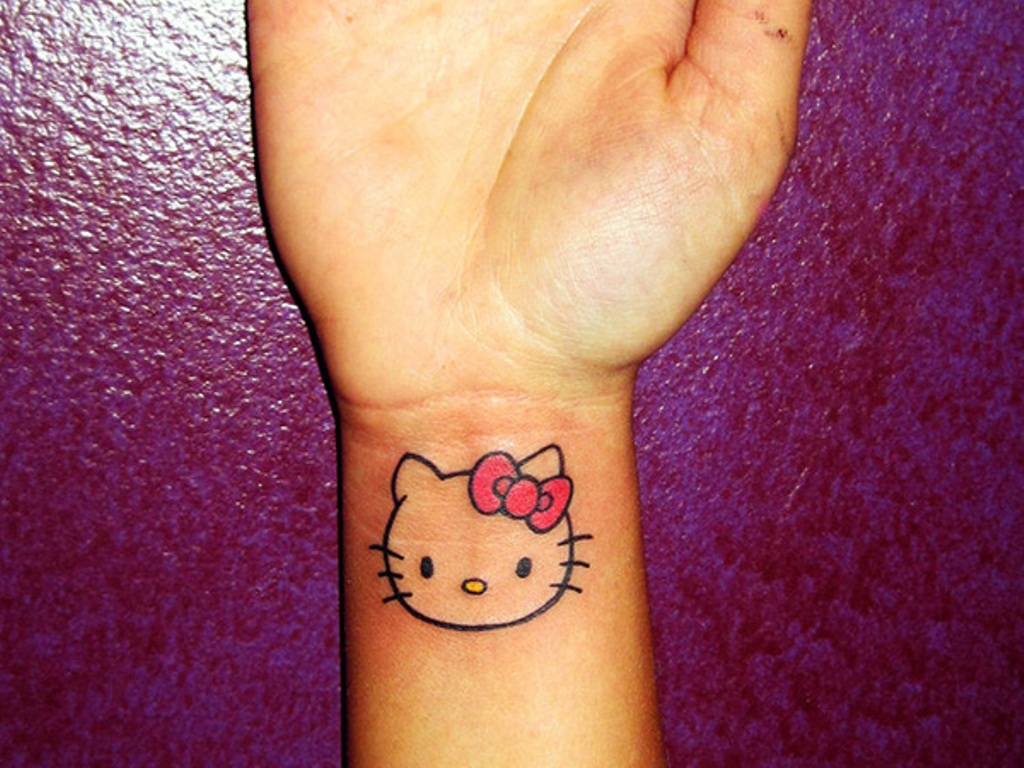If you modify up the aftercare, the tattoo artist is not liable for what can occur. It is your accountability to take care of your tattoo. 2- Don’t wrap your tattoo once more, until you might be instructed to do so by your tattoo artist. This can be very necessary to maintain your tattoo clean after this protection has been removed. Your new tattoo is just like any open sore or injury.
Keep your hands clean when handling the aftercare of your tattoo. 3- It is not uncommon for a new tattoo to be slightly inflamed, delicate, and crimson. Most people may have some irritation a day or two after. If these symptoms worsen or final longer than 3-four days, call you tattoo artist.

4- Your new tattoo will weep the first couple of days, this is normal. This isn’t a sign that your tattoo is coming off or being affected negatively in any respect. This is your body’s natural healing course of. 5- Keep your tattoo slightly moist. If the tattoo dries out it could actually result in a thick scab formation & this isn’t good. This could cause the healing course of to decelerate, and can harm the tattoo.
Your tattoo artist should advise you on a cream or ointment to use. Remember to follow your tattoo artist’s directions. 6- Within a few days to a week, a thin layer of skin will start to peel or flake away from the tattoo. This is also normal, don’t scratch or peel the pores and skin away from the tattoo. It even could itch, but don’t scratch the realm. It is still delicate and you can do damage. If Caring For A New Tattoo itches, flippantly pat or tap with a clean paper towel.
7- Don’t soak your tattoo for at the very least two weeks. No bathing, swimming, or sitting in a sauna. Showering is fine, and can be an amazing and simple way to wash your tattoo additionally. The beneficial time can fluctuate relying in your tattoo artist’s suggestions. 8- Don’t expose the tattoo to tanning beds or direct sunlight for at the very least two weeks. UV rays will injury the pores and skin and have an effect on the color of the tattoo. After the tattoo is healed you should use the very best UV safety sunscreen. 9- A tattoo might take 1-three weeks to heal depending on your pores and skin kind and the tattoo itself.
In the event you get a rash, or any unusual indicators on or around the tattoo, contact your tattoo artist immediately. 10- Avoid working out. Tattoos that cowl big areas or near joints, could take longer to heal whether it is moved too much. Printable Tattoo Designs - SEE THEM Online could cause the pores and skin to interrupt or change into irritated. It will trigger the healing time to be longer.
In any case, they supply the canvas on your tattoo artwork. Once Are Tattoos A Fad? determine your identify, don't let fame go to your head. Elegant Mother Daughter Tattoo Ideas For Women Over 40 is consistently changing, so don't relaxation in your laurels. Eventually, there might be another artist that can match, or even be better than you, so it is a continuing learning process.
Redness, tenderness, and swelling typically subside within a day or two following treatment. Blisters normally appear within 24 hours of therapy; sometimes the blisters are very massive and may look alarming - this is completely normal. Scabs, bruising, and blistering could take up to per week or longer to heal. Hyperpigmentation and hypopigmentation happen when the physique's production of melanin is skewed after a laser treatment. With hyperpigmentation, the physique overproduces melanin in response to the laser treatment, so pores and skin within the treated area is darker than the pure skin tone.
With hypopigmentation, the melanin is depleted by the laser therapy and the pores and skin seems bleached. Both hypopigmentation and hyperpigmentation are typically momentary and resolve naturally with time. Patients with center to darker skin tones are at the greatest risk for pigmentation changes and may avoid solar publicity the weeks following every remedy.